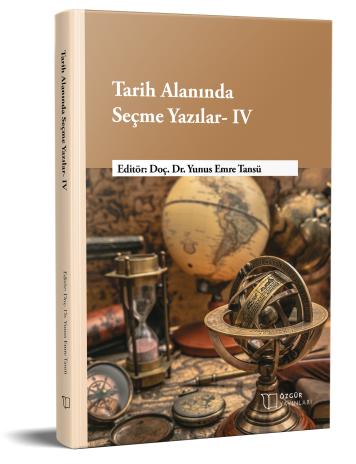
Bizans İmparatorları Tarafından Bulgar Hükümdarlarına Verilen Unvanlar
Şu kitabın bölümü:
Tansü,
Y.
E.
(ed.)
2023.
Tarih Alanında Seçme Yazılar-IV.
Özet
Bizans Devleti’nin Bulgarlar ile olan ilişkisi, daha Bulgarlar, VII. yüzyılın son çeyreğinde Aşağı Tuna bölgesine gelmeden önce, Karadeniz’in kuzeyinde bulundukları dönemde başlamıştır. Bulgarların Kuzey Balkanlara gelişinin ardından sınır komşusu olunması ile daha da yoğun temaslar sağlanmıştır. Ancak bu ilişki tarihsel süreç içerisinde inişli çıkışlı bir çizgi takip etmiştir. Bu bağlamda Bizans Devleti’nin Bulgarlara karşı tutumu ve diplomatik ilişkileri, siyasi gücü ile orantılı olarak dönemlere göre farklılık göstermiştir. Güçlü olduğu dönemlerde rakibini yok etmeye yönelik bir tutum sergilerken zayıf olduğu dönemlerde diplomasiye başvurmak suretiyle uzlaşma yolları aramıştır. Bunu yaparken de sık sık, “barbar” olarak tanımladığı topluluklarla ilişkilerinde genel olarak başvurduğu birtakım diplomatik yöntemler kullanmıştır. İşte bu yöntemlerden biri, ilgili toplulukların idarecilerine Bizans saray hiyerarşisi içerisinde yer alan unvanlardan birini vermek şeklinde ifadesini bulmaktadır. Bizans bu yolla, genelde rakibini kendisine karşı harekete geçmekten alıkoymayı veya bir başka rakibe karşı ittifak oluşturmayı amaçlamıştır. Temasta bulunduğu Bulgar hükümdarlarına da aynı amaçla birtakım unvanlar verme gereği duymuştur. Ancak bu unvanlar, verildiği zaman içinde bulunulan koşullara göre farklılıklar göstermekte ve farklı hiyerarşik seviyeleri ifade etmektedir. Bu çalışma Bizans İmparatorları’nın Bulgar idarecilerine verdikleri unvanları, bunların anlamlarını ve imparatorların bu uygulamadan beklentilerini tespit etmeyi amaçlamaktadır.

